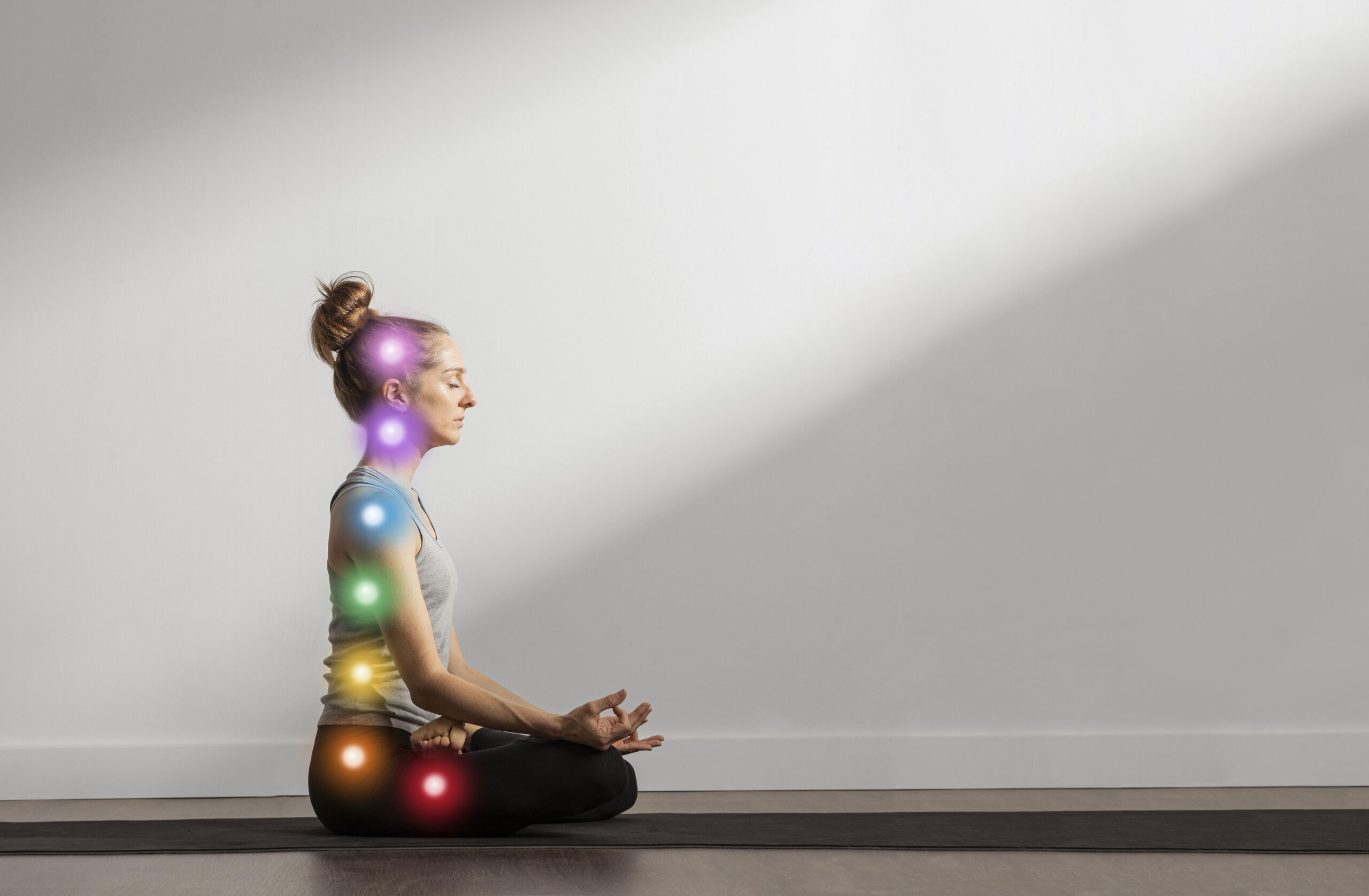In the realm of spiritual practices, Kundalini Yoga stands out as a powerful and transformative approach to self-discovery and inner growth. With roots tracing back to ancient India, Kundalini Yoga has gained popularity across the globe due to its profound effects on physical, mental, and spiritual well-being. This article aims to provide a comprehensive understanding of Kundalini Yoga, its origins, practices, benefits, and how it can lead to a more balanced and awakened life.
What is Kundalini Yoga?
Origins and History
Kundalini Yoga dates back thousands of years to ancient India. Rooted in the ancient Vedic texts and later developed as a distinct practice by the sage Patanjali, Kundalini Yoga remained a hidden gem until the teachings were brought to the West by Yogi Bhajan in the late 20th century. Since then, it has gained a devoted following due to its ability to tap into the dormant energy within every individual.
The Serpent Power – Understanding Kundalini
In Kundalini Yoga, “Kundalini” refers to the primal energy located at the base of the spine, often depicted as a coiled serpent. This dormant energy has the potential to rise through the chakras, the body’s energy centers, leading to heightened states of consciousness and self-realization.
The Path to Awakening

Preparing the Body and Mind
Before embarking on the journey of Kundalini awakening, practitioners prepare their bodies and minds to handle the powerful energy that will flow through them. This preparation involves physical exercises, mental focus, and ethical living.
Breathwork and Pranayama
Central to Kundalini Yoga is the practice of pranayama, or breath control. Through specific breathing techniques, practitioners learn to harness and direct the life force energy, or “prana,” throughout their bodies, clearing blockages and paving the way for Kundalini awakening.
Asanas for Kundalini Activation
Certain yoga postures, known as “asanas,” are particularly effective in activating and balancing the chakras, facilitating the smooth flow of Kundalini energy. Regular practice of these postures helps maintain physical health and prepares the body for the profound awakening experience.
The Awakening Process
Kundalini Rising – A Profound Experience
Kundalini awakening is a deeply transformative and life-altering experience. As the Kundalini energy rises, practitioners may experience a surge of bliss, heightened awareness, and a deep sense of interconnectedness. However, this process is not always smooth, and individuals may encounter various challenges and emotional releases as they confront past traumas and unresolved issues.
During the awakening process, it is common to encounter blockages in the energy channels, known as “nadis.” These blockages can manifest as physical discomfort, emotional turmoil, or mental disturbances. The guidance of an experienced Kundalini Yoga teacher is invaluable in navigating these challenges and ensuring a safe and transformative awakening.
Benefits of Kundalini Yoga
Physical Benefits
Apart from the spiritual and emotional aspects, Kundalini Yoga offers numerous physical benefits. Regular practice strengthens the nervous system, improves flexibility, and boosts overall vitality. Additionally, practitioners often report better sleep, reduced stress, and enhanced immune function.
Mental and Emotional Benefits
Kundalini Yoga helps release pent-up emotions and negative thought patterns, promoting mental clarity and emotional well-being. The practice instills a sense of inner peace, resilience, and the ability to maintain composure in the face of life’s challenges.
Spiritual Growth and Self-Realization
At its core, Kundalini Yoga is a spiritual practice aimed at self-realization and union with the universal consciousness. Through regular practice and dedication, practitioners can deepen their connection to their true selves and the world around them, transcending the limitations of the ego.
Embracing Kundalini in Daily Life

Incorporating Kundalini Practices
The transformative power of Kundalini Yoga extends beyond the mat. By integrating mindfulness, breathwork, and meditation into daily routines, practitioners can maintain a heightened state of awareness and carry the benefits of the practice into all aspects of life.
Living with Awareness and Intention
Kundalini Yoga encourages living with purpose and intention, making conscious choices that align with one’s true values and aspirations. By embracing this philosophy, individuals can lead more meaningful and fulfilling lives.
The Role of the Kundalini Yoga Teacher
Transmitting Knowledge and Energy
Kundalini Yoga is often passed down from teacher to student through direct transmission of energy and knowledge. The role of a Kundalini Yoga teacher is to guide and support their students on their spiritual journey, providing wisdom and insights gained from their own experiences.
Ethics and Responsibility
Kundalini Yoga teachers carry a significant responsibility for the well-being of their students. Ethical conduct, compassion, and a deep understanding of the practice are essential qualities that teachers must embody to create a safe and nurturing environment for their students’ growth.
Safety and Precautions
Understanding the Power of Kundalini
Kundalini awakening can be a potent and overwhelming experience. It is essential to approach the practice with respect, humility, and a willingness to surrender to the transformative process. Rushing or forcing the awakening can lead to imbalances and disturbances.
When to Seek Guidance
Individuals on the path of Kundalini awakening must seek guidance from experienced teachers when facing challenges or uncertainties. Teachers can provide valuable insights, tools, and support to ensure a smooth and enriching awakening process.
Conclusion
Kundalini Yoga is a profound spiritual practice that offers a path to self-discovery, personal growth, and awakening. With its ancient roots and modern adaptations, it continues to draw seekers from all walks of life, ready to embark on a transformative journey within themselves.
Frequently Asked Questions (FAQs)
Is Kundalini Yoga suitable for beginners?
Kundalini Yoga is open to practitioners of all levels, including beginners. However, seeking guidance from an experienced teacher is recommended, especially for those new to the practice.
What are the potential risks of Kundalini awakening?
Kundalini awakening can bring intense experiences and emotional releases. Without proper guidance, individuals may find it challenging to integrate these experiences into their daily lives.
How often should I practice Kundalini Yoga?
The frequency of practice varies for each individual. Consistency is key, but it’s essential to listen to your body and practice at a pace that feels comfortable and sustainable.
Can Kundalini Yoga be practiced alongside other yoga styles?
Yes, Kundalini Yoga can complement other yoga styles and practices. It is essential to strike a balance and avoid overexertion to prevent burnout.
Is Kundalini awakening the ultimate goal of the practice?
While Kundalini awakening is a significant aspect of the practice, the ultimate goal is self-realization and spiritual growth, which extends far beyond the awakening experience.

